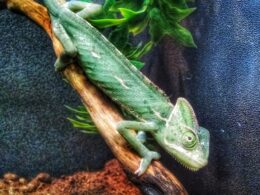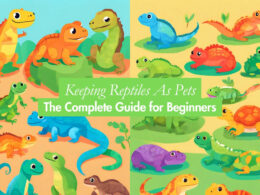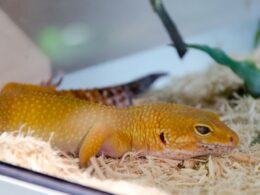In this article Show
If you’re reading this, chances are you’re either considering bringing a cold-blooded friend into your life, or you’re just as fascinated by reptiles as I am. Over the years, my living room has evolved into a mini reptile sanctuary.
Every free moment I get, you’ll find me nose-deep in a reptile book or chatting with fellow herpetology enthusiasts online.
But I remember the days when I was just starting. The world of reptiles felt so vast and, frankly, a bit intimidating. With so many species with unique care requirements, how do you even begin to choose the right one? That’s precisely why I’ve put together this guide.
Think of it as a roadmap, drawn from my personal experiences and hours of research, to help you navigate the wonderful world of beginner-friendly reptiles.
Before we dive into the list, it’s essential to understand why picking a reptile suited for beginners is crucial. Not only does it ensure a smoother experience for you, but it also guarantees a better quality of life for your new scaly friend.
The Benefits of Owning a Reptile
Owning a reptile, for many, is more than just having another pet; it’s a rewarding journey filled with discovery. Let’s unpack some of the standout benefits:
1. Low Maintenance
Now, before you jump to conclusions, let me clarify: reptiles can vary in care complexity. However, many beginner-friendly reptiles are relatively low-maintenance.
Unlike dogs or cats, you won’t have to take them out for daily walks or groom them regularly. Set up their habitat correctly, ensure they have the right diet, and you’re good to go. Perfect for those who appreciate the beauty of pets but with a tad fewer chores!
2. Experience That’s Both Unique and Educational
The joy of owning a reptile extends beyond mere companionship. It’s a window into the world of herpetology. Every interaction can be a learning experience.
From shedding to brumation, there’s always something happening that can pique your curiosity. And trust me, once you start understanding their behaviors and biology, your appreciation for these creatures will only deepen.
3. Smorgasbord of Species
One of the highlights of stepping into the reptile realm is the sheer variety at your fingertips. From the colorful geckos to the majestic snakes, there’s a reptile out there to match every aesthetic and personality.
And as you become more comfortable and adept at caring for one species, you can always venture out and explore others. The possibilities? Virtually endless!
In essence, owning a reptile offers a blend of responsibility, education, and sheer wonder. Whether you’re in it for the scientific allure or just the love of these scaly beings, there’s no denying the plethora of benefits that come with it.
Factors to Consider Before Getting a Reptile
Embarking on the journey of reptile ownership is thrilling, but it’s not something to dive into without some serious thought. Each species has unique needs, and it’s paramount to ensure you’re equipped to meet them. Before making that commitment, here are some pivotal considerations:
1. Lifespan: A Long-Term Commitment
The longevity of reptiles can be quite astounding. Some species, like certain tortoises, can even outlive their human companions! While smaller reptiles like anoles may live for a handful of years, others, such as ball pythons, can grace your home for up to 30 years or more. Ask yourself: are you ready for such a long-term commitment?
2. Dietary Needs
From strict herbivores to voracious carnivores, reptiles span the whole dietary spectrum. Some might thrive on a diet of fresh vegetables, while others might require live or frozen prey.
Researching and understanding the dietary needs of your potential reptilian pal is crucial, not just for its health but also to ascertain if you’re comfortable providing such meals.
3. Space Requirements
While some reptiles are content in compact terrariums, others need sizeable spaces to thrive. Think about the available space in your home. Can you accommodate a large enclosure if needed? Remember, it’s not just about the size but also ensuring the environment is enriching for your pet.
4. Temperature and Lighting Requirements
Reptiles are ectothermic, which means they rely on external sources to regulate their body temperature. Each species has its precise temperature and lighting needs. From basking bulbs to UV lights, it’s essential to mimic their natural habitat as closely as possible for their well-being.
5. Socialization and Handling Ease
Some reptiles adore the gentle touch of their owners, while others prefer to be left alone. Are you looking for a pet you can handle frequently, or are you content with observing its natural behavior? Understanding a species’ temperament can help set expectations and ensure a harmonious coexistence.
In summary
While the allure of owning a reptile is undeniable, it’s imperative to gauge the responsibility it brings. An informed decision, backed by research and introspection, ensures a happy life for both you and your cold-blooded companion.
21 Best Reptile Pets for Beginners
Owning a reptile can be a journey of discovery and wonder. But as a beginner, you want to start with species that offer a gentler learning curve. Here are some top picks tailored for novices:
1. Leopard Gecko
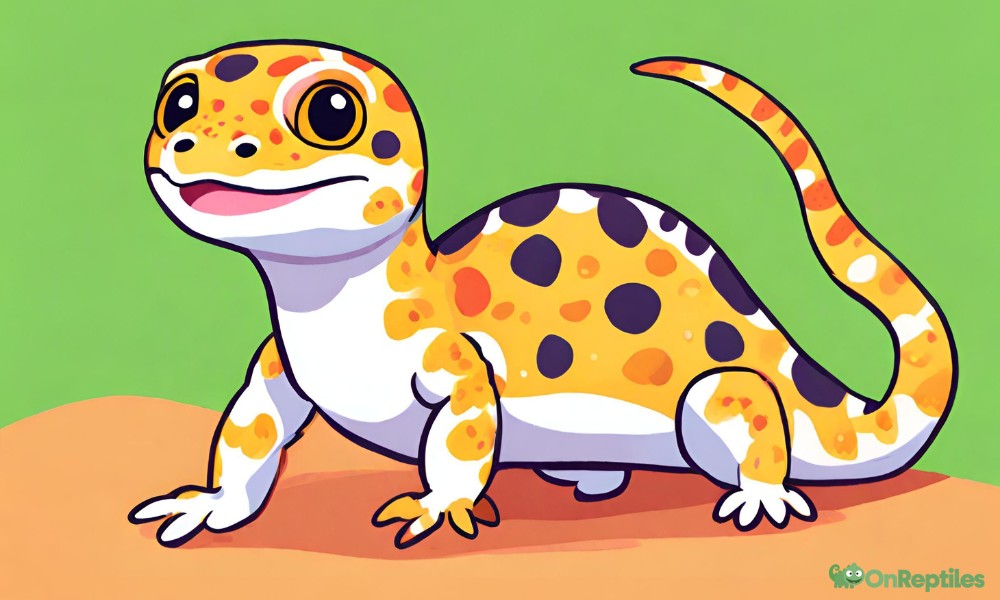
Leopard Geckos are small, nocturnal lizards known for their spotted appearance and friendly disposition.
Care Level: Easy
They’re often recommended for beginners because of their straightforward care requirements.
Key Facts
They lack adhesive lamellae, meaning they can’t climb walls like other geckos. They thrive in a temperature range of 75-90°F and primarily eat insects.
2. Corn Snake

Corn snakes are medium-sized snakes that come in a variety of vibrant colors. Their calm nature and striking appearance make them a favorite among reptile enthusiasts.
Care Level: Moderate
They’re relatively easy to care for, making them suitable for those new to snake ownership.
Key Facts
They are non-venomous constrictors. Their diet consists mainly of rodents. A well-cared-for corn snake can live up to 15-20 years.
3. Bearded Dragon
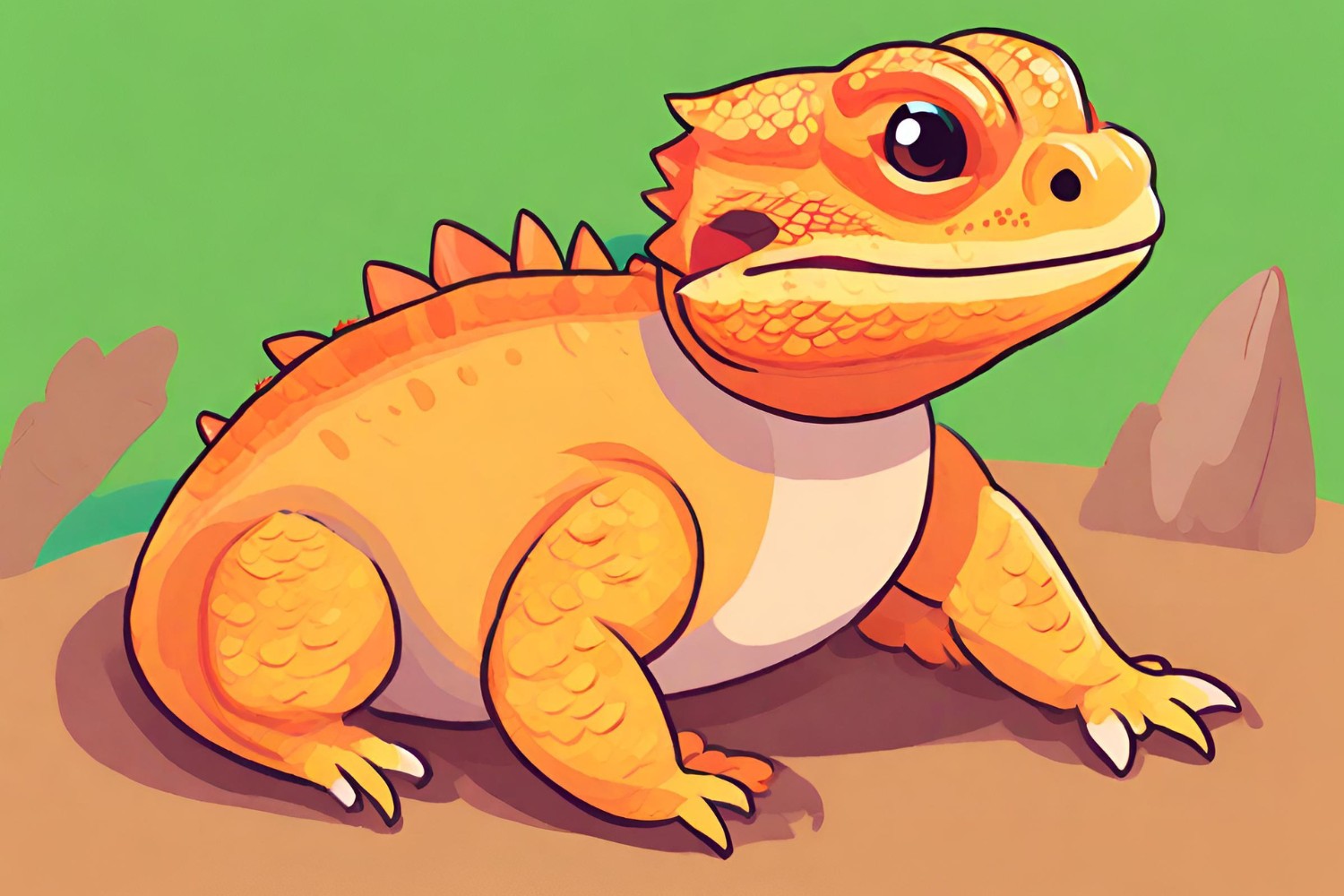
Native to Australia, Bearded Dragons are sociable lizards with spiky skin and a distinctive “beard” beneath their chin, which they puff out when threatened.
Care Level: Moderate
While they’re generally easy-going, they do have specific habitat and dietary needs.
Key Facts
They bask a lot and need UVB lighting. Their diet is varied, consisting of insects, vegetables, and fruits. They communicate through body language, like arm-waving.
4. Crested Gecko
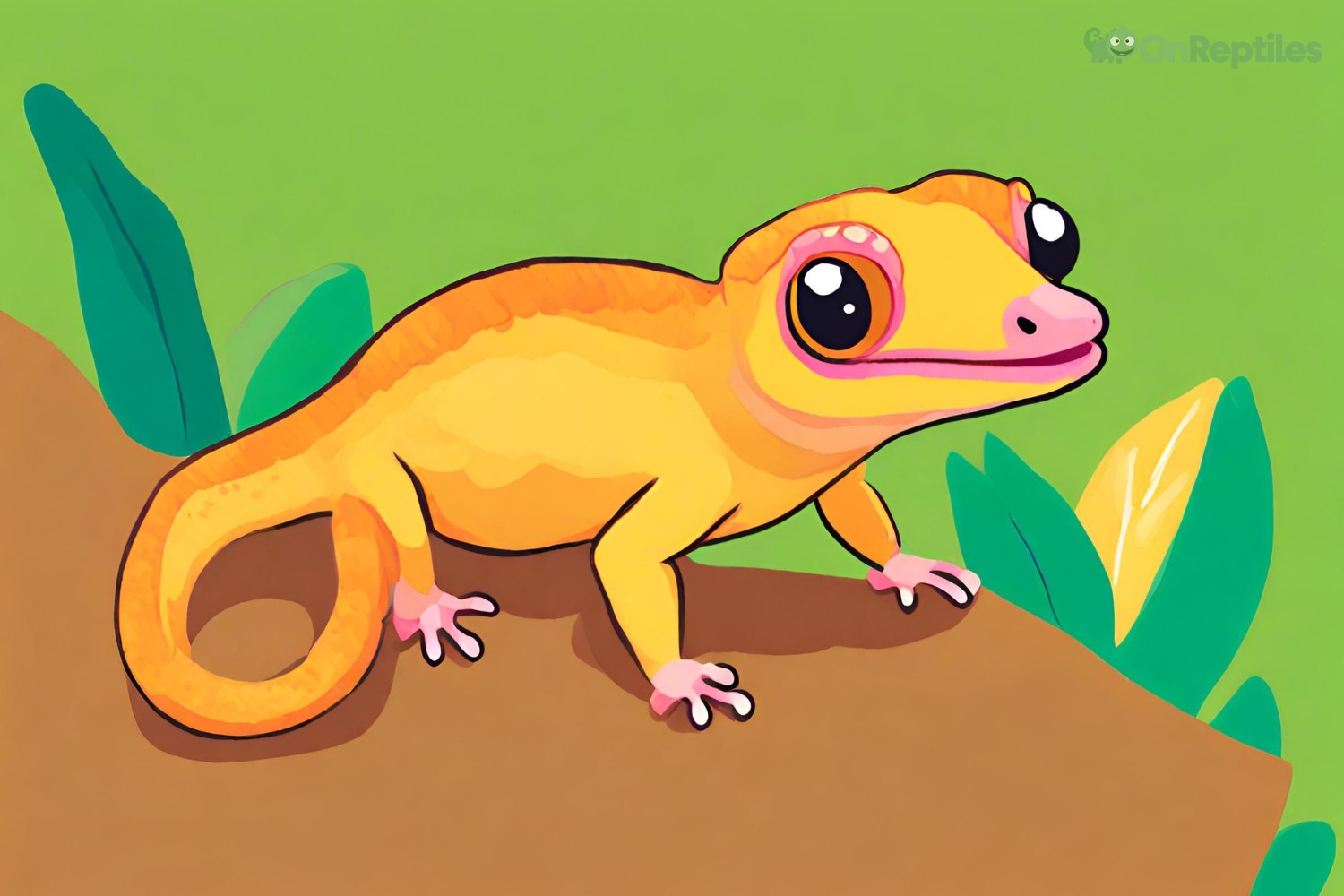
Hailing from New Caledonia, Crested Geckos are known for their crest that runs from their eyes to their tails and their vibrant colors.
Care Level: Easy
They have simple dietary and housing requirements.
Key Facts
They thrive at room temperature, between 72-78°F. They eat a mix of fruits and insects, but commercially available crested gecko diets make feeding them a breeze. Interestingly, if they lose their tail, it doesn’t grow back.
5. Ball Python

Ball Pythons are relatively small, docile snakes known for curling into a tight ball when stressed, leading to their name.
Care Level: Moderate
While they’re among the more manageable snakes to care for, they have particular humidity and heat needs.
Key Facts
They come in various colors and patterns, called morphs. Their primary diet is rodents. With proper care, they can live up to 30 years.
6. Russian Tortoise
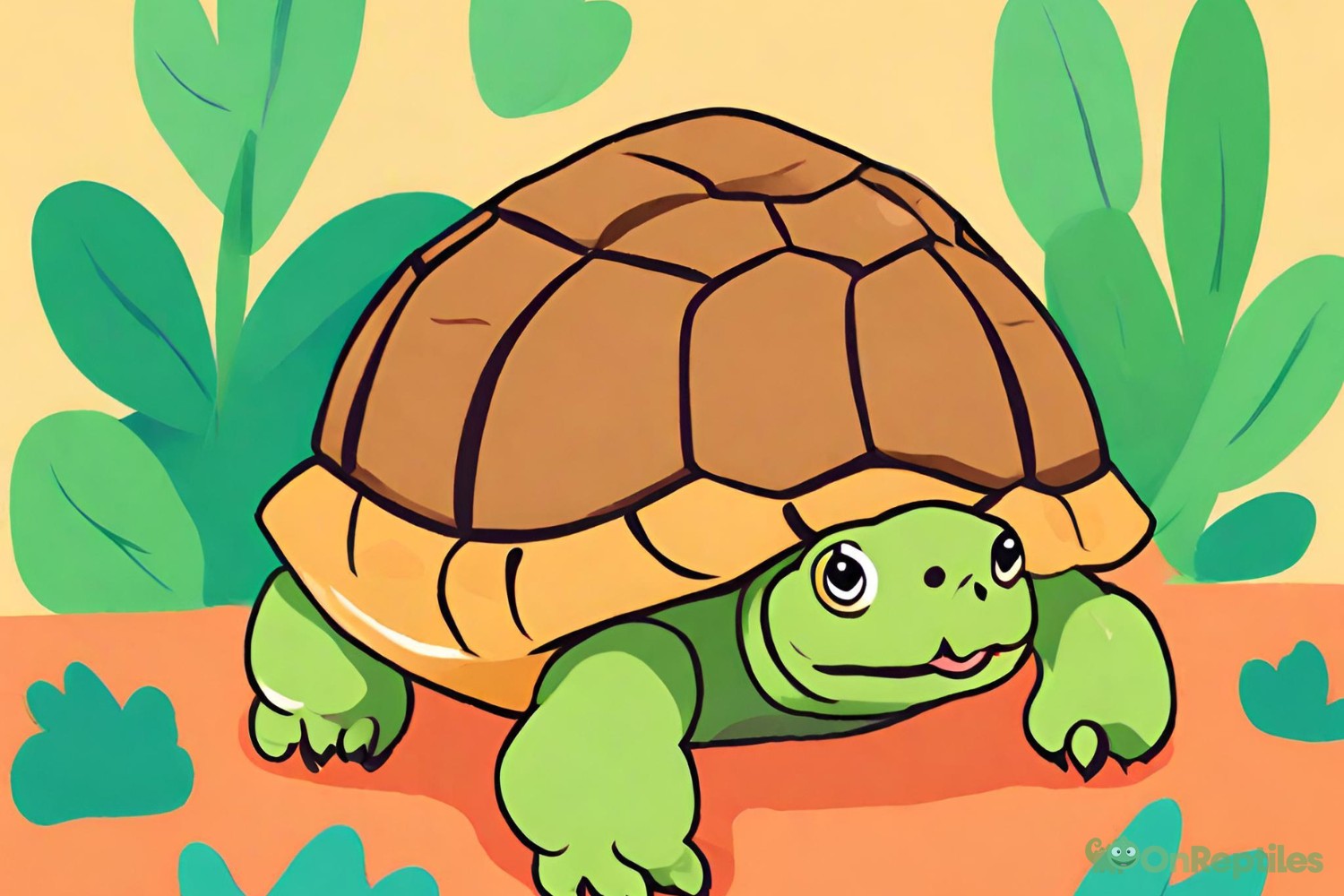
The Russian Tortoise, also known as the Horsfield’s Tortoise, is a small tortoise species with a broad, flattened shell, usually exhibiting shades of brown or olive.
Care Level: Moderate
While they are hardy creatures, they require a spacious enclosure and a well-balanced diet.
Key Facts
They are primarily herbivores, munching on leafy greens and vegetables. These tortoises are known to be active, often seen burrowing or exploring their surroundings. They can live for over 40 years with proper care.
7. Blue-Tongue Skink
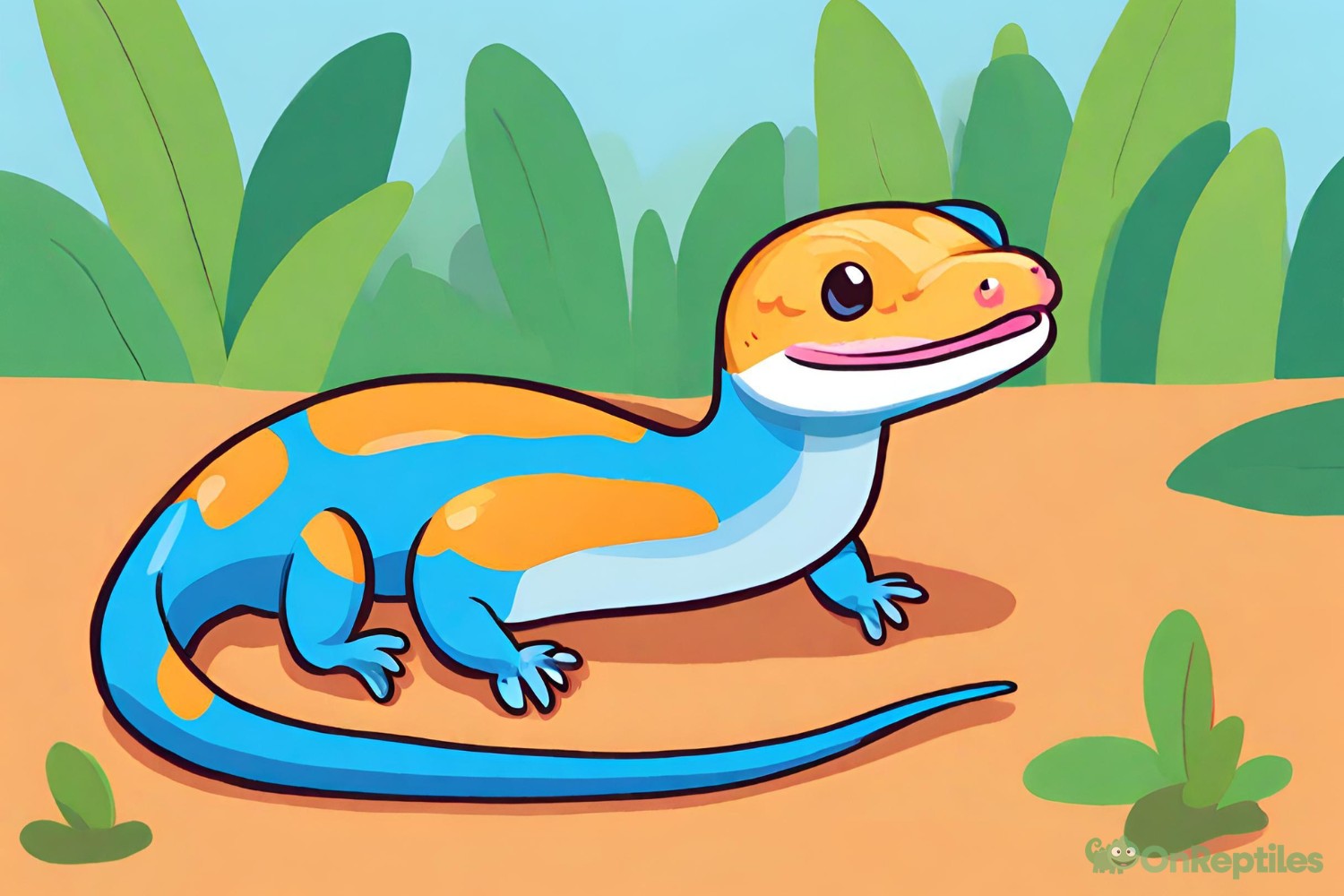
Native to Australia, Blue-Tongue Skinks are medium-sized lizards recognized instantly by their broad blue tongues.
Care Level: Moderate
They are hardy animals but need a varied diet and a sizeable enclosure.
Key Facts
They are omnivores, feeding on a mix of plants and animal matter, including fruits, vegetables, and insects. Their blue tongue is a defense mechanism, used to ward off potential predators. They are relatively long-lived, with a lifespan that can exceed 20 years.
8. Hognose Snake

Hognose Snakes are small, stout snakes known for their upturned noses, which they use for digging in sandy soils.
Care Level: Moderate
They’re generally docile and have manageable care requirements but can sometimes be picky eaters.
Key Facts
They are known for their dramatic “playing dead” act when threatened. While they mostly eat amphibians in the wild, in captivity, they can be fed a diet of rodents. They are non-venomous, but their saliva contains mild toxins that help subdue prey.
9. Anole Lizards (e.g., Green Anole)
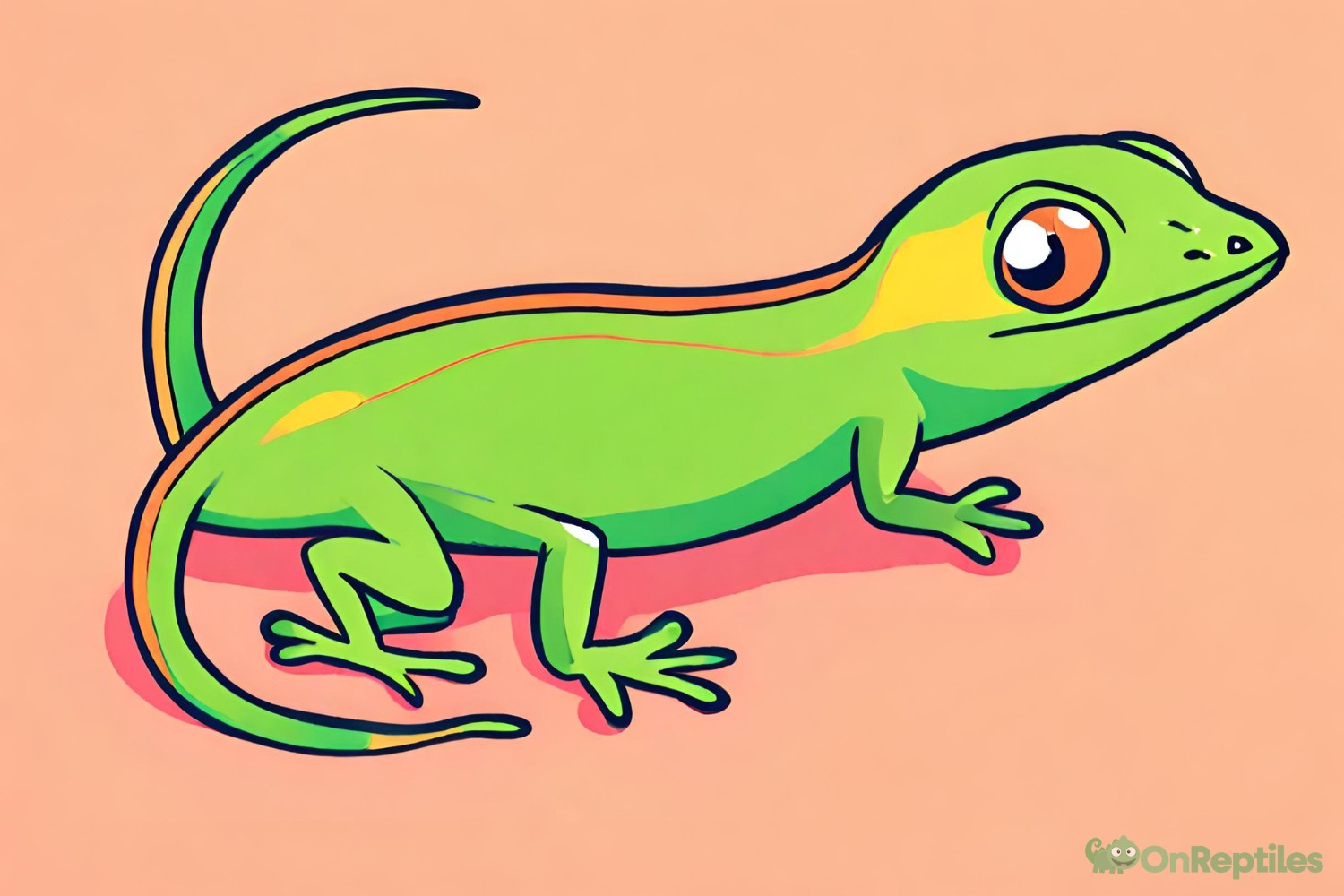
Anoles are small, agile lizards often found in tropical and subtropical regions. The Green Anole, for instance, is known for its ability to change colors between green and brown.
Care Level: Easy to Moderate
They need a humid environment and vertical space for climbing.
Key Facts
They are insectivores, primarily feeding on small insects like crickets. Males have a colorful, extendable dewlap, which they display during courtship or territorial disputes. They have a relatively short lifespan of 4-8 years.
10. African Fat-tailed Gecko
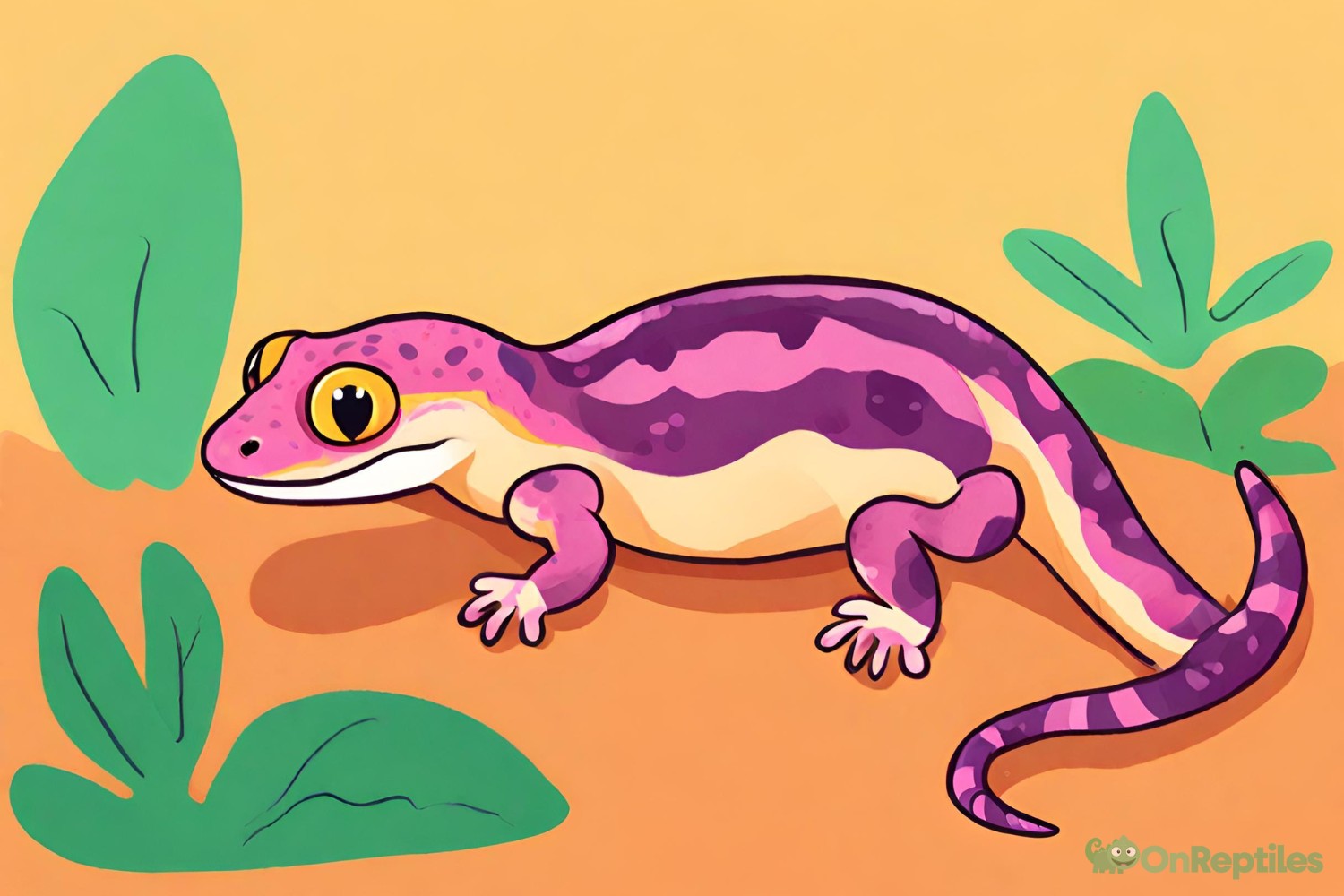
Cousins to the Leopard Gecko, the African Fat-tailed Geckos have smooth skin and, as their name suggests, a chubby tail where they store fat.
Care Level: Easy
Their care requirements are somewhat similar to Leopard Geckos, making them suitable for beginners.
Key Facts
They thrive in a temperature range of 75-90°F, similar to Leopard Geckos, and have a diet primarily composed of insects. Their tail acts as a reserve for nutrients, and while it can drop as a defense mechanism, it can also regenerate over time.
11. Mediterranean House Gecko
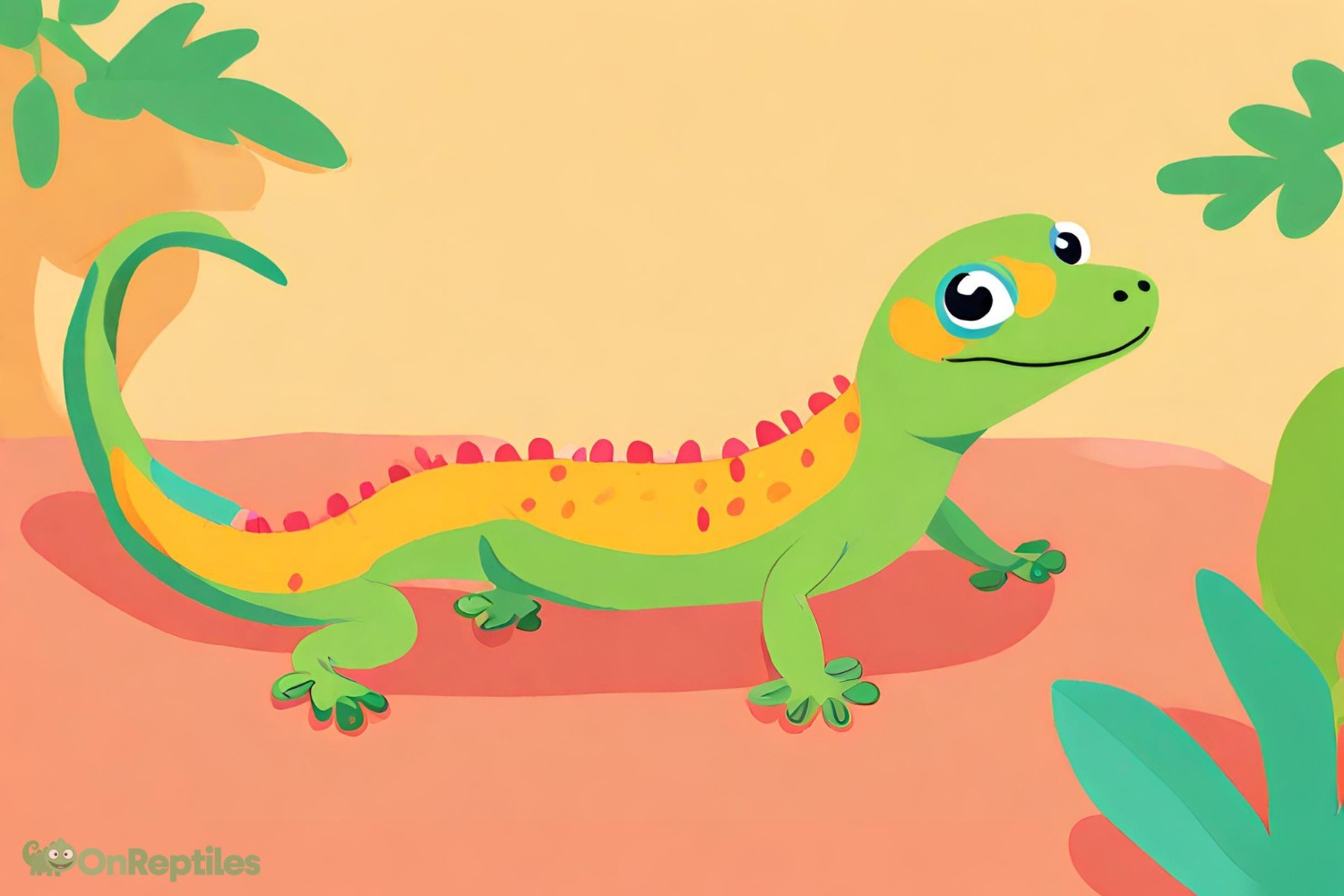
These small, nocturnal geckos have translucent skin that often exhibits patterns in shades of brown and tan.
Care Level: Easy
Being adaptable, they require basic care similar to other gecko species.
Key Facts
They can thrive in a range of temperatures, though a consistent 78-82°F is ideal. Their diet consists of small insects. Interestingly, they can vocalize, producing a soft chirping sound.
12. Rosy Boa

Known for their gentle nature, Rosy Boas are small, stout snakes that come in various shades, from rosy to gray.
Care Level: Moderate
They’re amicable, making handling easy, but require specific humidity and temperature conditions.
Key Facts
They are non-venomous constrictors that primarily feed on rodents. A significant highlight is their slow-moving nature, making them less intimidating for first-time snake owners. They can live up to 25 years or more with proper care.
13. Uromastyx (Spiny-tailed Lizard)
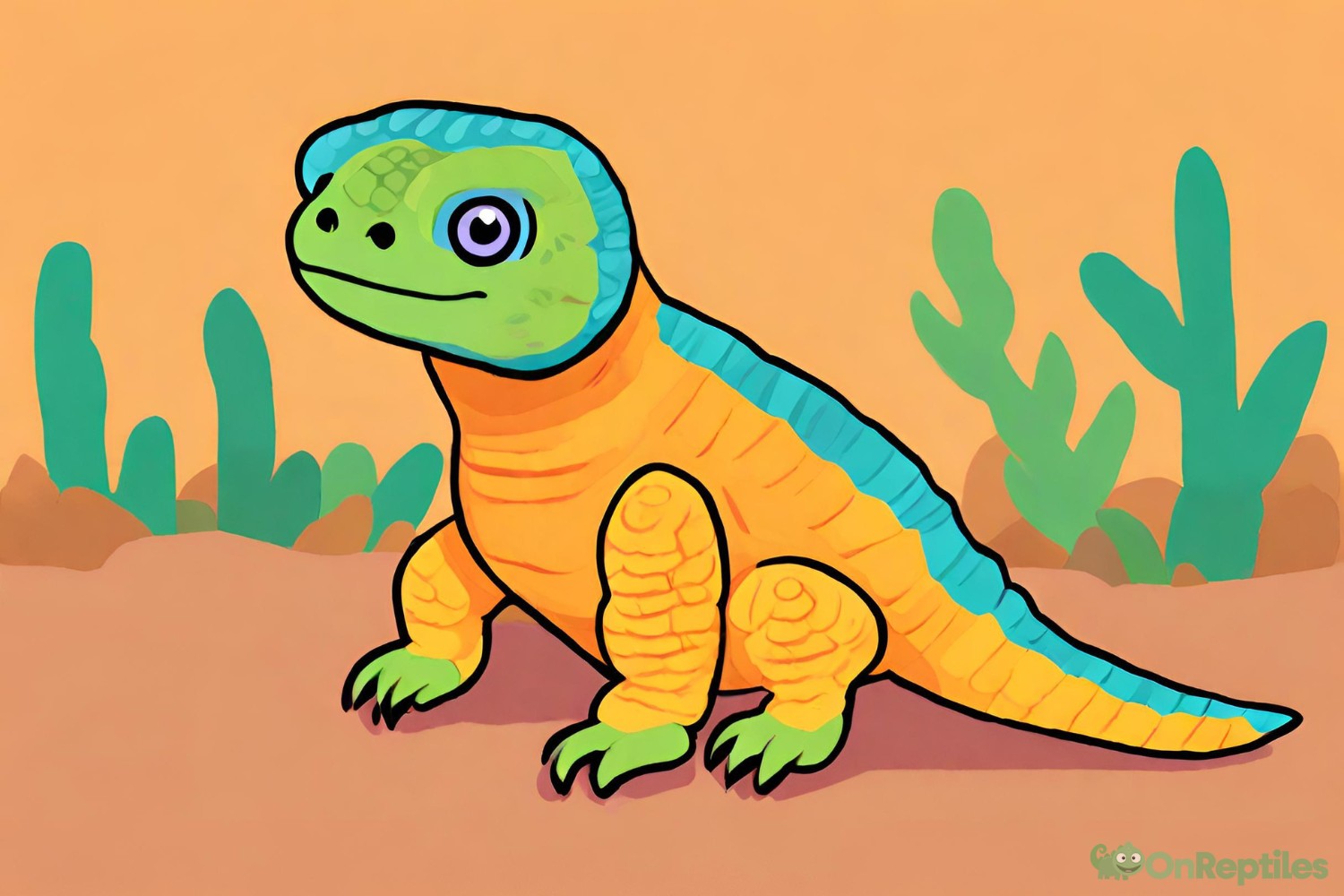
Native to North Africa and the Middle East, Uromastyx are colorful, medium-sized lizards with spiky tails.
Care Level: Moderate
They require a warm habitat and a specific diet.
Key Facts
They are primarily herbivorous, feeding on seeds, flowers, and leafy greens. Their enclosure needs a basking spot reaching up to 100°F. Uromastyx are known for their calm demeanor and can live for over 15 years.
14. California Kingsnake
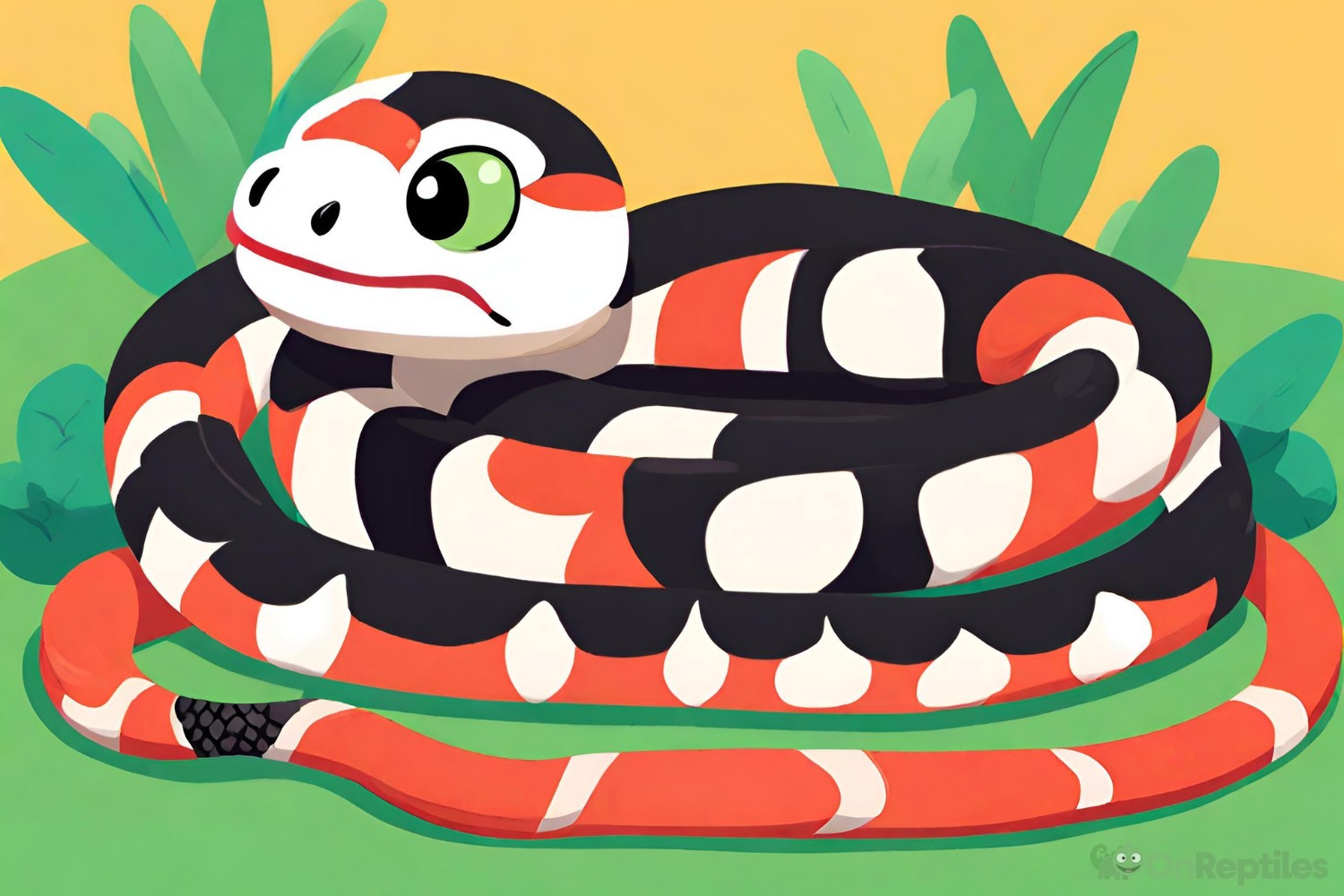
A part of the colubrid family, California Kingsnakes are medium-sized snakes known for their striking bands or stripes.
Care Level: Moderate
While they are hardy and generally docile, they require consistent temperature and feeding routines.
Key Facts
As constrictors, they feed primarily on rodents, birds, and even other snakes. They are non-venomous and can live up to 20 years with proper care. They are known for their resistance to rattlesnake venom, occasionally preying on them in the wild.
15. Gargoyle Gecko
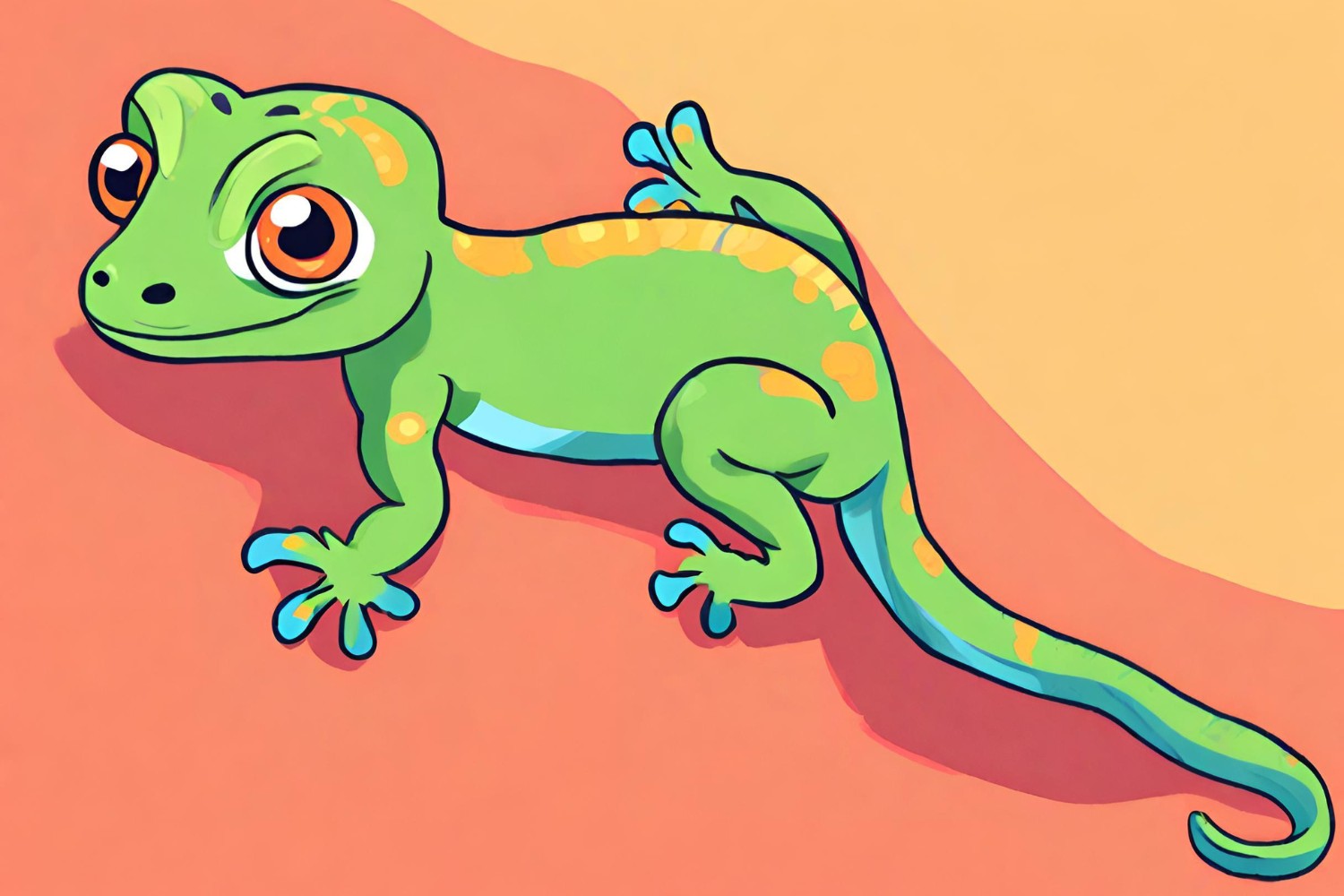
Originating from New Caledonia, Gargoyle Geckos get their name from the bumpy, horn-like structures on their head. They exhibit a range of colors, from browns to reds.
Care Level: Easy to Moderate
They have care requirements similar to the Crested Gecko, making them suitable for beginners.
Key Facts
Their diet consists of fruit mixes, nectars, and insects. Like the Crested Gecko, they also thrive in room temperatures, between 72-78°F. An interesting feature is their ability to regenerate their tail and parts of their skin.
16. Kenyan Sand Boa
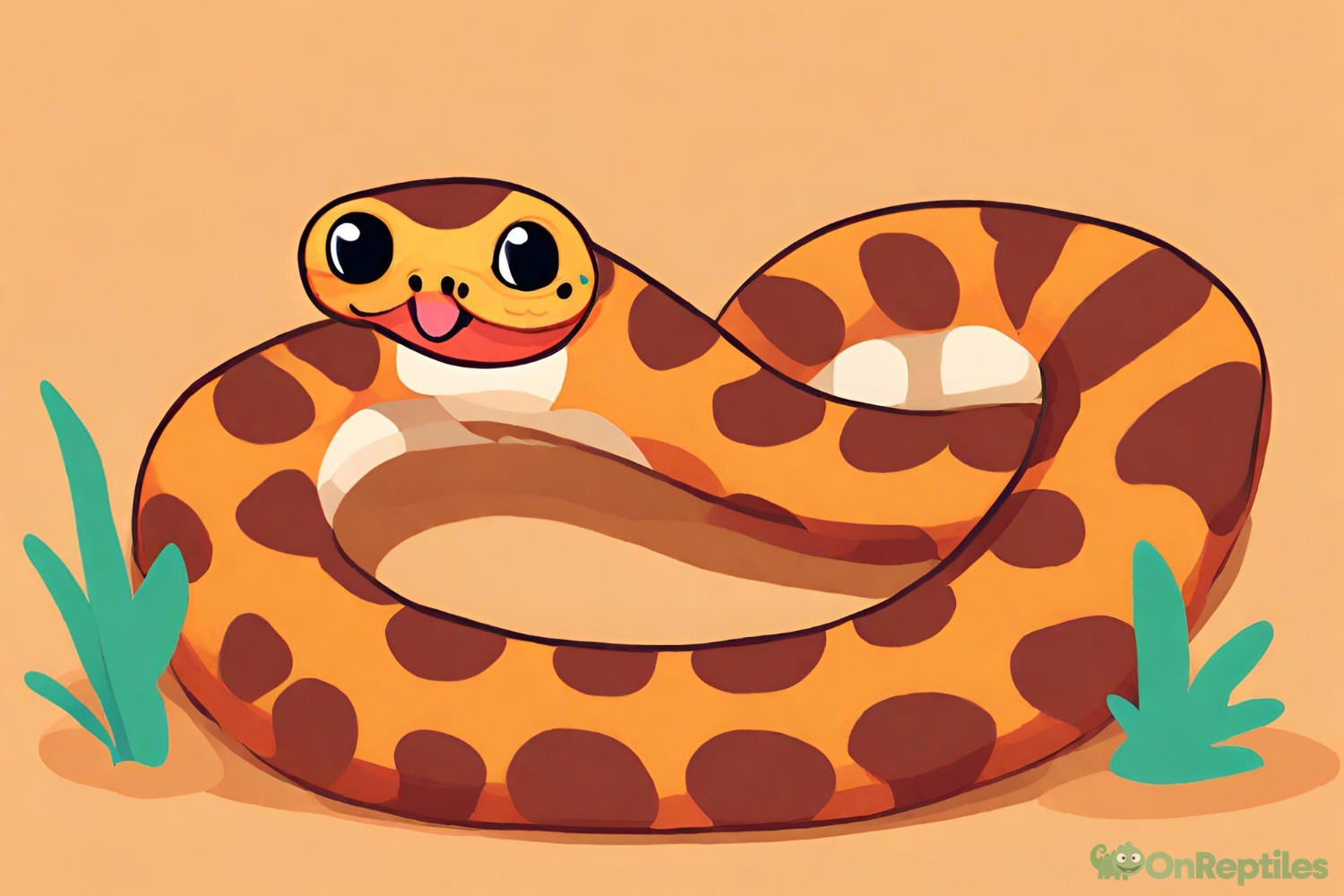
Characterized by its stout body and small size, the Kenyan Sand Boa is known for its distinctive orange and black-striped pattern.
Care Level: Moderate
They have simple requirements but are primarily burrowers, so substrate choice is crucial.
Key Facts
These snakes are non-venomous constrictors, feeding mostly on rodents. Their burrowing nature makes them less visible, often hiding beneath the sand or substrate. They can live for upwards of 15 years in captivity.
17. Panther Chameleon
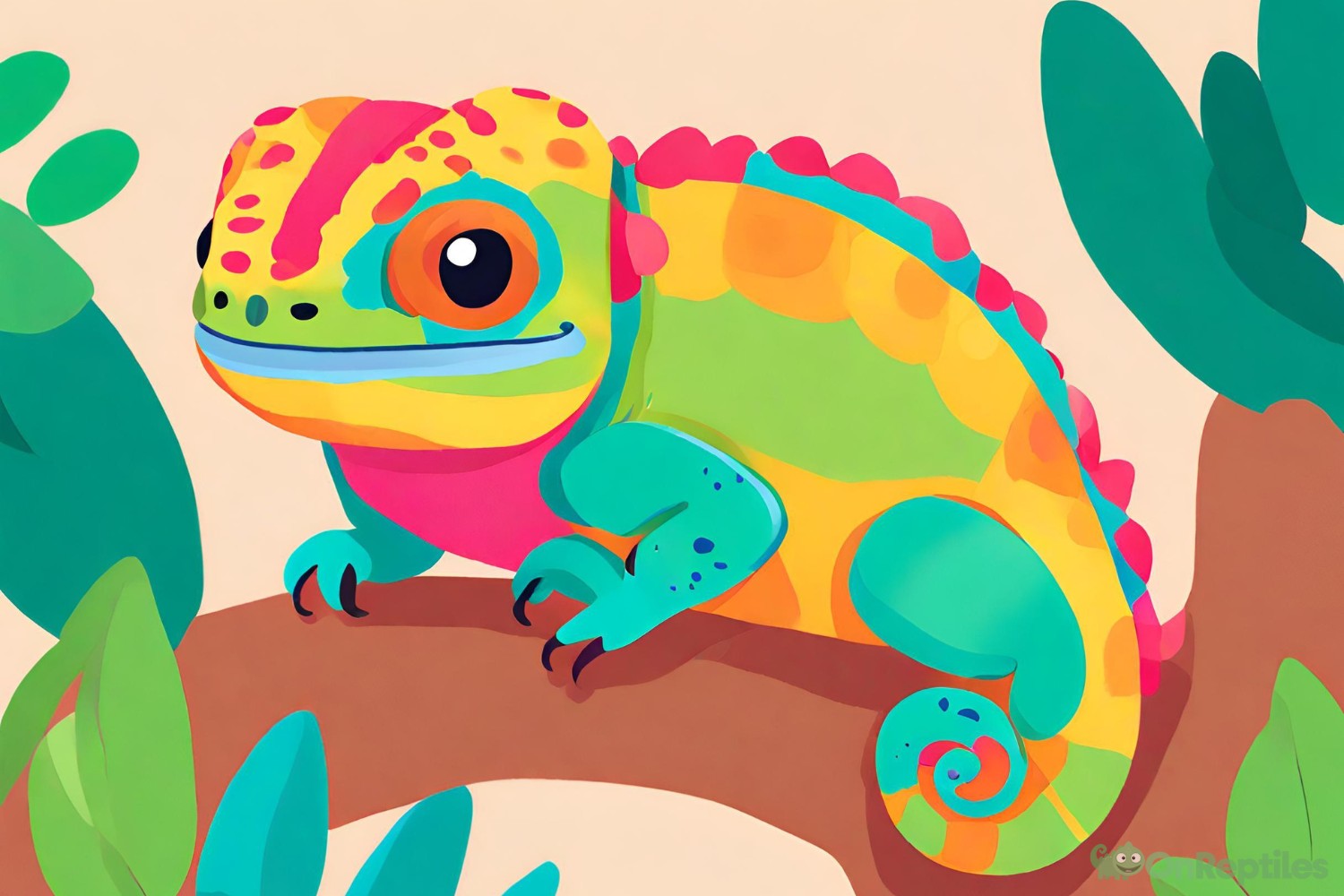
Hailing from Madagascar, Panther Chameleons are strikingly colorful reptiles known for their vibrant hues and rotating eyes.
Care Level: Moderate
They require a well-maintained environment and a varied diet but are among the more beginner-friendly chameleons.
Key Facts
They primarily eat insects and need a good hydration system, as they prefer to drink moving water. Their color can change based on mood, temperature, or light.
18. Steppe Runner Lizard
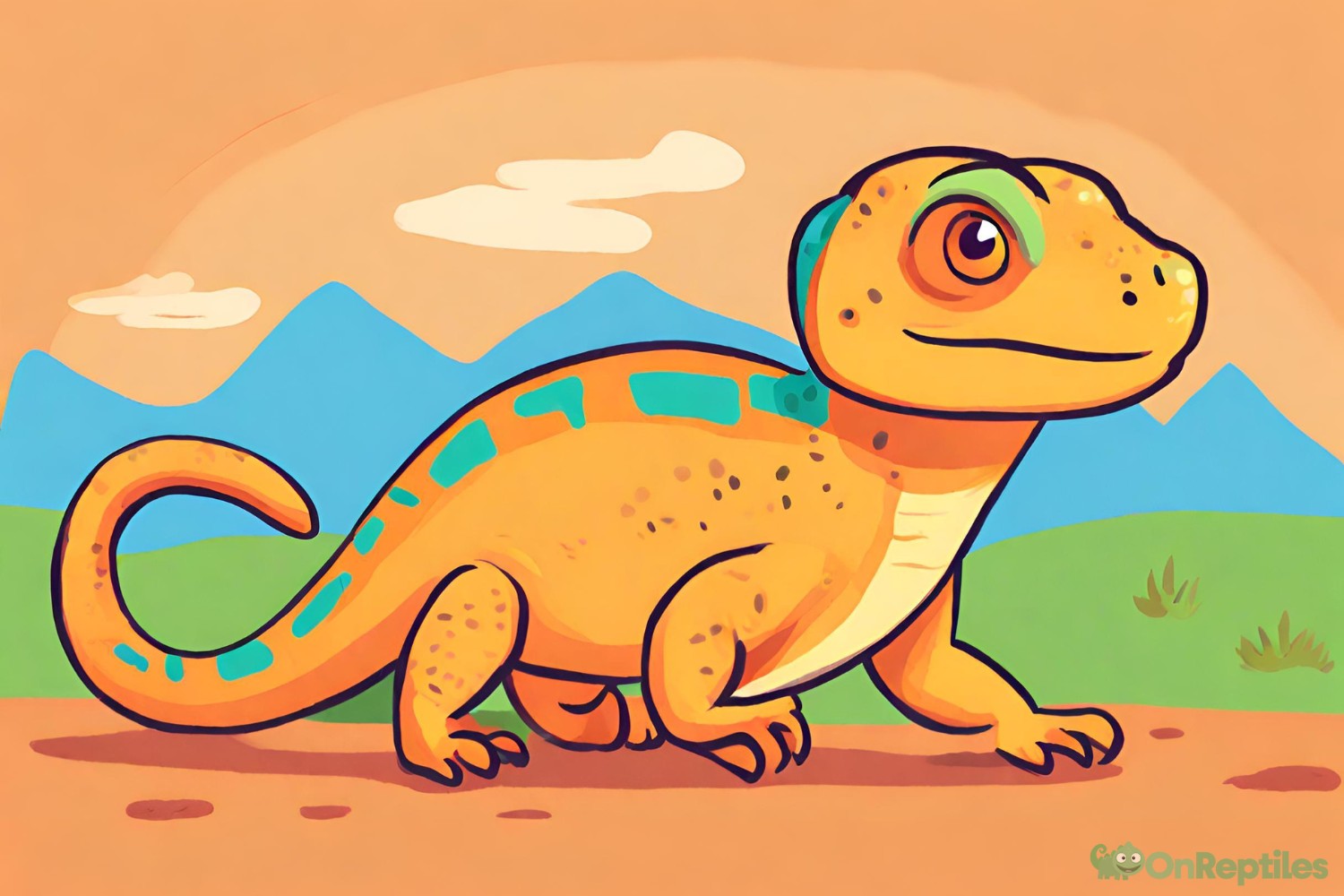
These are small, active lizards native to the steppes of Eastern Europe. They have a streamlined body and are often brown with dotted patterns.
Care Level: Easy
They are hardy lizards with simple dietary and habitat needs.
Key Facts
Their diet consists mainly of insects. They are diurnal, meaning they are active during the day. In captivity, they can live up to 8 years.
19. Milk Snake

Part of the Kingsnake family, Milk Snakes are known for their vibrant bands of red, black, and white/yellow.
Care Level: Moderate
They are docile snakes, making them great for beginners, but require specific care in terms of temperature and diet.
Key Facts
They are non-venomous constrictors, feeding primarily on rodents. The bright colors of Milk Snakes mimic those of venomous coral snakes – a classic example of Batesian mimicry. With proper care, they can live 10-20 years.
20. Golden Gecko
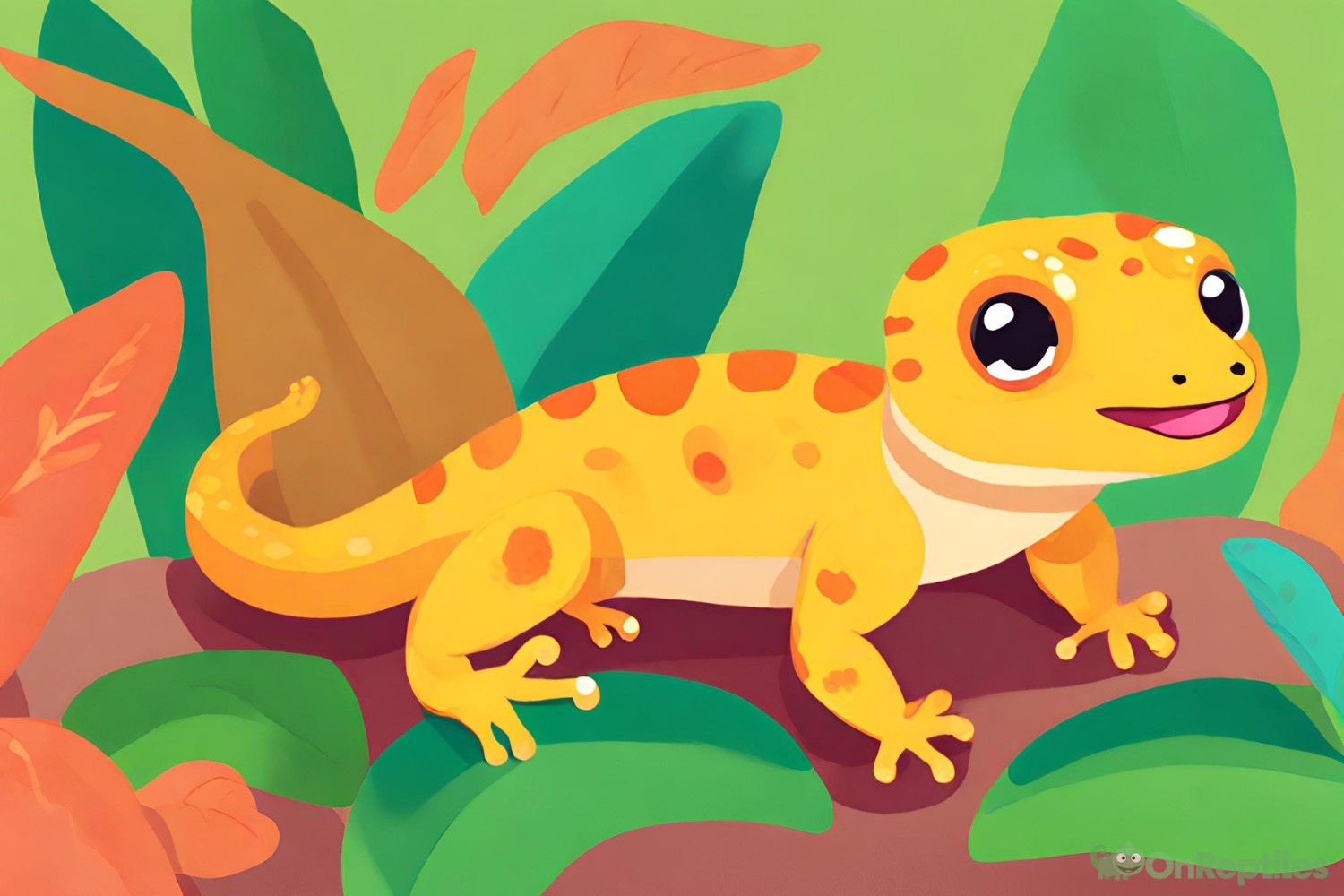
Native to the tropical forests of Southeast Asia, Golden Geckos are bright, medium-sized lizards with golden-hued skin.
Care Level: Moderate
They require a humid environment and specific night-time temperatures.
Key Facts
They are nocturnal and arboreal, so vertical enclosure space is necessary. Their diet includes insects and occasional fruit. They have adhesive toe pads, allowing them to climb surfaces easily.
21. Hermann’s Tortoise
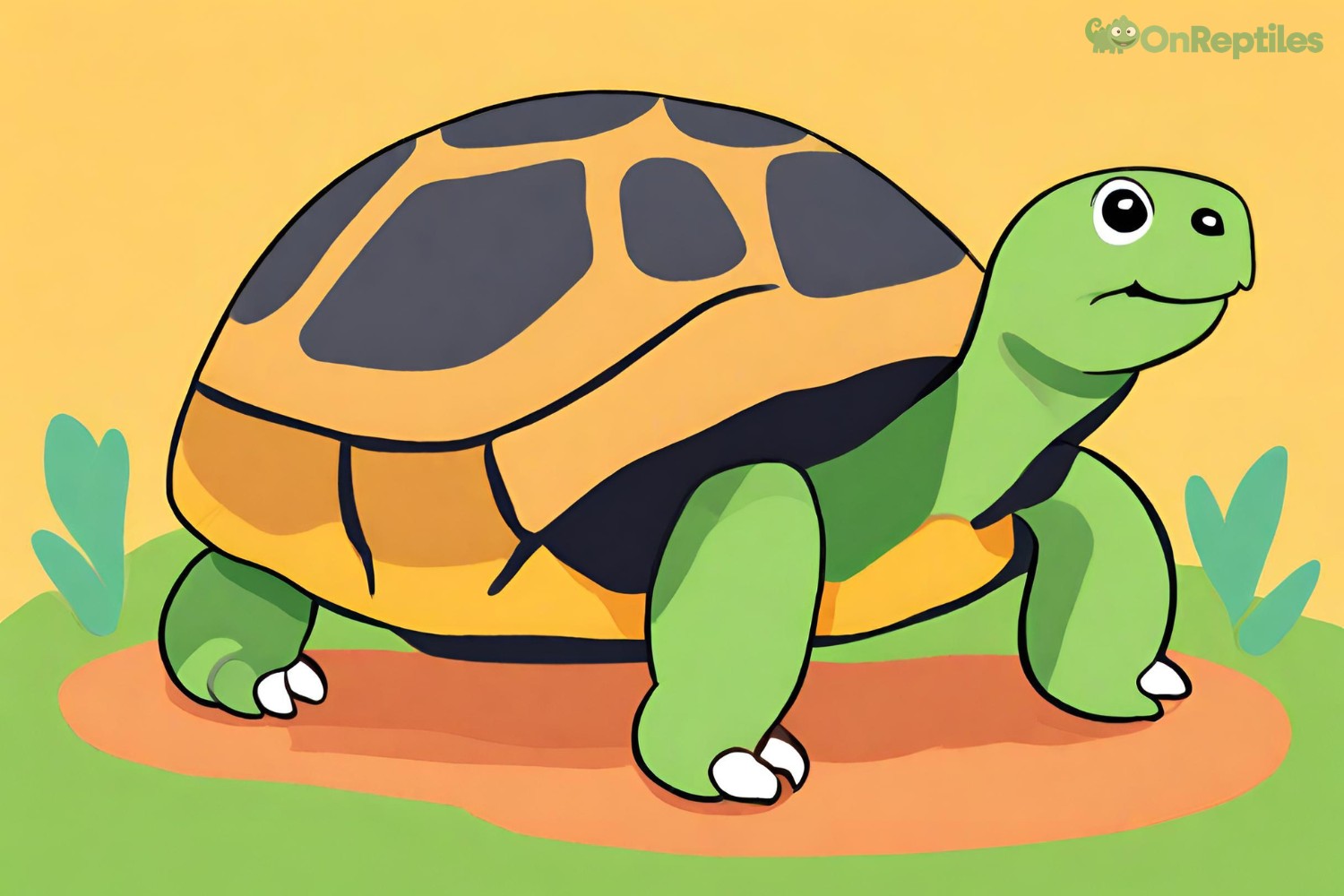
Originating from the Mediterranean, Hermann’s Tortoises are small to medium-sized tortoises with a distinctly domed shell.
Care Level: Moderate
They have a herbivorous diet and require a spacious enclosure with access to both sun and shade.
Key Facts
They feed on a variety of leafy greens, flowers, and fruits. In the wild, they often hibernate during colder months. They can live for over 50 years with proper care, making them a long-term commitment.
In summary
It’s essential to understand that every reptile requires commitment and regular attention regardless of its care level. Ensuring their needs are met will guarantee your scaly friend a healthy and happy life.
Basic Care Tips for Beginner Reptiles
1. Setting up the Habitat
Size Matters
Always ensure the enclosure’s size suits your reptile’s size and nature. As a general rule, bigger is usually better.
Substrate Selection
Depending on the species, select the right substrate – sand for burrowers, newspaper for snakes, or coconut fiber for humidity-loving reptiles.
Temperature & Lighting
Reptiles are ectothermic, meaning they rely on their environment to regulate body temperature. Install both basking and cooler zones in the enclosure. Additionally, UVB lighting might be essential for reptiles like tortoises and lizards to metabolize calcium.
Hide Spots & Decor
Ensure you provide plenty of hiding spots. Decor-like branches or plants, real or artificial, can also replicate their natural environment and offer enrichment.
2. Dietary Guidelines
Research is Key
Understand whether your pet is herbivorous, carnivorous, or omnivorous. Each species has specific dietary requirements.
Freshness
Always provide fresh food. Remove uneaten items to prevent them from rotting and potentially harming your reptile.
Supplements
Some reptiles might need dietary supplements, especially calcium or vitamins, to ensure they’re receiving complete nutrition.
Feeding Schedule
Some reptiles eat daily, while others might eat weekly. Understanding their feeding frequency ensures they stay healthy without becoming overweight.
3. Handling and Interaction
Patience is Vital
Especially for newly acquired reptiles, give them time to acclimate to their new surroundings before attempting to handle them.
Safe Handling
Always handle reptiles gently, without sudden movements. Some reptiles may benefit from regular handling to build trust, while others prefer minimal handling.
Wash Your Hands
Always wash your hands both before and after handling reptiles to prevent the spread of germs or potential salmonella.
4. Regular Check-ups and Health Signs to Watch Out For
Veterinary Visits
It’s essential to have your reptile checked by a veterinarian specializing in reptiles, at least annually, or if you suspect any health issues.
Observe Behavior
Changes in behavior, like reduced appetite or lethargy, can be early signs of health problems.
Physical Indicators
Regularly check for any physical signs of illness, such as discolorations, wounds, irregularities in their stool, or issues with their skin/shell.
Weight
Monitor your reptile’s weight. Rapid weight gain or loss can be indicative of underlying health problems.
In summary
Embarking on the journey of reptile ownership can be incredibly rewarding. These tips, coupled with consistent research and observation, will ensure a harmonious coexistence between you and your new scaly friend.
Common Mistakes to Avoid as a Beginner Reptile Owner
Every journey has its learning curves, and the path of reptile ownership is no exception. It’s easy for beginners to make mistakes, but being aware of them can help prevent any harm to your pet and ensure they live a fulfilling life. Here are some common pitfalls to be wary of:
1. Improper Lighting and Temperature
Reptiles rely heavily on their environment to regulate body temperature. Providing the right lighting and maintaining a consistent temperature gradient in their enclosure is paramount for their well-being.
Common Mistakes
Using the wrong type of bulbs, not offering a gradient of temperatures, or failing to replace UVB bulbs regularly.
The Fix
Regularly check and calibrate thermometers to ensure the habitat is within the appropriate temperature range. Ensure you’re using the right kind of UVB bulbs and replace them as recommended, usually every 6-12 months.
2. Incorrect Diet
The Basics
Each reptile species has its dietary needs, and nutrition is key to their health.
Common Mistakes
Overfeeding, underfeeding, offering the wrong type of food, or not providing necessary dietary supplements.
The Fix
Conduct thorough research on your specific reptile’s dietary needs. Create a feeding schedule, and if required, incorporate dietary supplements. Remember, variety is crucial for many reptiles to receive all the necessary nutrients.
3. Over-handling or Under-handling
The Basics
Interaction with your reptile can be a joy, but understanding their comfort level with handling is essential.
Common Mistakes
Frequently handling a new reptile that’s still acclimating, can stress them out, or conversely, not handling a reptile enough, causing them to become more skittish or aggressive over time.
The Fix
Gradually introduce handling sessions, especially for new pets. Pay attention to their body language. If they seem stressed, give them a break. On the other hand, regular, gentle handling sessions can help more nervous reptiles become accustomed to human interaction.
Remember
Navigating the world of reptile care can be intricate, but with proper knowledge and commitment, it’s an immensely rewarding experience. Avoiding these common missteps can make the journey smoother for both you and your scaly companion.
Resources for New Reptile Owners
Entering the world of reptiles can feel overwhelming, but you’re not alone! Numerous resources can guide you on this fascinating journey. From literature to communities, here’s a collection of recommendations to get you started:
1. Recommended Books and Websites
Books
- “The Manual of Reptile Keeping” by Brian and Patricia Bartlett: An excellent comprehensive guide for newbies.
- “Reptiles and Amphibians: Self-Assessment Color Review” by Fredric L. Frye: Offers insights on reptile health and diseases.
- “Reptiles for Dummies” by Patricia Bartlett: A beginner-friendly dive into reptile care.
Websites
- OnReptiles.com: Comprehensive articles on care, breeding, and more.
- The Reptile Database: A catalog of all reptile species, useful for species-specific information.
2. Communities and Forums
Reptile Forums
- ReptileForums or FaunaClassifieds: They are bustling with enthusiasts who share advice, and experiences, and sell equipment or reptiles.
Social Media Groups
- Platforms like Facebook: Numerous reptile groups where members share pictures, ask for advice, and discuss their pets. Just search “reptile enthusiasts” or something similar to find them.
Local Herpetological Societies
- These groups often organize events, educational sessions, and rescue operations. Joining a local society can provide hands-on experience and direct mentorship.
3. Local Reptile Shops and Expos
Shops
- Local reptile-specific pet stores: Often have staff knowledgeable about specific care requirements. They can provide personalized advice and often have a range of quality products tailored for reptiles.
Expos
- Reptile expos or conventions: These are fantastic places to learn. Breeders showcase their reptiles, and many equipment and supplies are available.
- Seminars and workshops: Offer deep dives into specific topics—websites like Repticon list upcoming reptile events.
Remember
While these resources can provide a wealth of information, always cross-reference any advice or information you receive. There’s always more to learn in the ever-evolving world of reptile care, so stay curious and connected!
Conclusion
Stepping into the world of reptiles is like embarking on a journey filled with wonder, education, and discovery. These creatures’ intricate beauty, diverse behaviors, and sheer uniqueness can captivate any heart. Yet, along with the joy they bring, there’s a profound responsibility that rests on the shoulders of every reptile owner.
These aren’t just animals; they’re living beings, each with its unique set of needs, desires, and behaviors. Their well-being is intricately tied to the environment we provide and the care we offer.
This responsibility extends beyond just feeding and housing them. It encompasses understanding their natural behaviors, replicating their native habitats, and ensuring they lead a life full of enrichment and health.
As owners, we must dive deep into the world of herpetology, continually educating ourselves. The realm of reptile care is ever-evolving, with new research and discoveries frequently coming to light.
Staying updated, seeking advice, and being open to learning ensures our scaly friends get the best life possible.
Owning a reptile is not just about having a pet; it’s about embracing a commitment to another life. So, to every budding herpetologist and reptile enthusiast out there, I encourage you: to tread this path with respect, curiosity, and responsibility.






